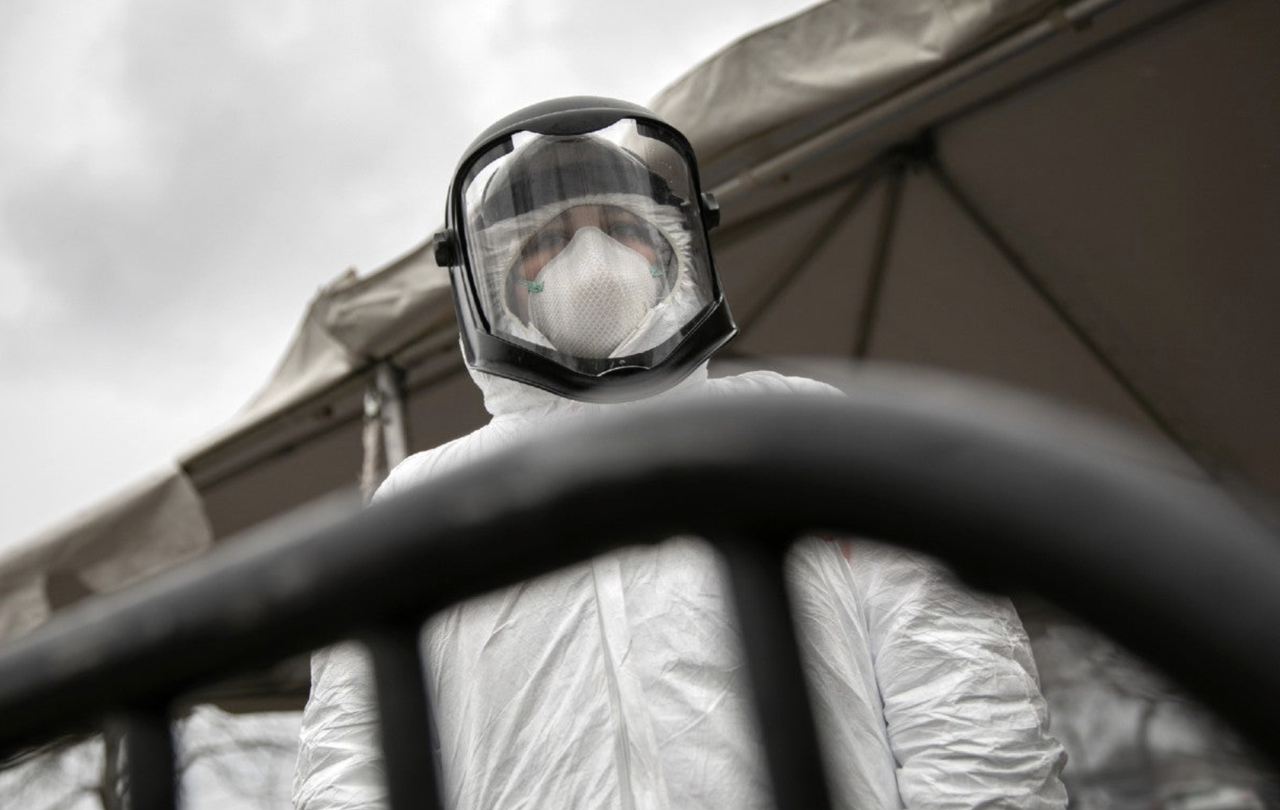Is Italy’s COVID-19 Mortality Rate Even Worse Than Officials Are Letting On?
As US intelligence agencies dispute China’s surprisingly low mortality stats, and as researchers ponder what’s causing Italy’s outrageous 10%+ mortality rate, one thing is indisputable: mortality rates are climbing even as the number of cases being reported in places like Italy are tapering off. And that is freaking out scientists, who are scrambling to find a cure.
As analysts at Commodore Research pointed out, the issue is not unique to Italy: Virtually every nation that has a large number of reported cases has continued to see mortality rates climb. In Spain, the mortality rate now stands at 8.7%. Ten days ago, it stood at 5.4%. In the Netherlands, the mortality rate stands at 8.3%. Ten days ago, it stood at 3.8%. In the United Kingdom, the mortality rate stands at 7.1%. Ten days ago, it stood at 4.6%. In France, the mortality rate stands at 6.7%. Ten days ago, it stood at 3.9%. In Belgium, the mortality rate stands at 5.5%. Ten days ago, it stood at 2.4%.
Even nations where the mortality rate has been relatively low have seen the rate climb: In Portugal, the mortality rate now stands at 2.2%. Ten days ago, it stood at 0.9%. In the US, the mortality rate stands at 2%, 10 days ago, it stood at 1.2%. In South Korea, the mortality rate stands at 1.7%. Ten days ago, it stood at 1.2%. In Austria, the mortality stands at 1.3%. Ten days ago, it stood at 0.4%. In Germany, the mortality rate stands at 1%. Ten days ago, it stood at 0.4%.
Italy’s more detailed breakdown of virus-related data and other mortality statistics have showed that virus-related deaths in Milan and the surrounding area, which has a population of 10 million, has caused the mortality rate to double from normal times.
According to AFP, the region registered 12,399 COVID-19 related deaths last month, thousands more than officially reported by any other country. Meanwhile, last Friday, the civil protection service disclosed a record 969 deaths.
Some have speculated that the death toll in Italy simply doesn’t add up, suggesting that Italy’s 10% reported death toll might be too low.
It might sound hard to believe, but AFP reports that by comparing data from 2018, its journalists determined that the average monthly deaths from 2018 in the same region was 8,300, and that March 2018 was likely a “statistically average” month. However, the city reported 7,176 coronavirus deaths in March, which is 15% below the average in normal times. Some say that this suggests local officials are deliberately misreporting the numbers.
Even some public officials are suspicious. Bergamo Mayor Giorgio Gori said Wednesday he does not trust the official figures and thinks the real toll for the region may be twice as high. The mayor tweeted a newspaper analysis suggesting that the COVID-19 toll in the Bergamo province was “between 4,500 and 5,000, and not the 2,060” officially reported.
One expert in Italy said that the data suggest Italy’s crisis has peaked, but that the peak in hospital deaths will arrive shortly, per the Hill.
“The data suggest that the increase in numbers of patients in intensive care in both the Lombardy region and Italy as a whole are likely to have peaked,” the report said.
But “”he numbers of deaths in hospital will continue to increase at the maximum rate for several days to come.”
To be sure, one new report published in the Lancet suggested that mortality rates might be smaller than initially suspected.
The study, published Monday in The Lancet Infectious Diseases medical journal, estimated that about 0.66% of patients who become infected with the virus will die. Previously, when undetected infections weren’t being taken into account, researchers found the coronavirus death rate was 1.38%. That’s still significantly deadlier than the seasonal flu.
Tyler Durden
Wed, 04/01/2020 – 20:25
via ZeroHedge News https://ift.tt/2JtgcqG Tyler Durden
